|
|
ADDRESS AT THE INAUGURATION OF THE MUSICAL PROGRAMME 'PARAMPARA' THE GENERATION NEXT?
17-02-2006 : Mumbai
Nurturing Indian Classical Music
I am delighted to participate in the inauguration of the musical programme ?Parampara-the Generation next?. My greetings to the founder trustee Dr Soma Ghosh and members of Madhu Murchhana, artists and musicians, art lovers and distinguished guests. I am happy to note that Madhu Murchana is conduting a seminar on all the endangered Indian musical instruments and also subsequently holding an exhibition of all the endangered musical instruments. This I consider as a great service done to Indian culture by helping its preservation, nurturing and promotion. When I am with you, I would like to share my experience which I had at Chattsworth, South Africa and Mizoram which demonstrates, the richness of our culture and also attempt made by people to preserve it wherever they are.
Music and dance are borderless
When I visited South Africa I attended a cultural programme at Chattsworth. There I saw a fusion dance in which Zulu dance form, Indian dance form and Ballet was presented in an excellent fashion. The coordination between the artists and the rhythm of music was enchanting. In the same programme, one native African, Patrick sang a Carnatic music kriti in Hamsadwani raga. It was a beautiful rendering. Such fusion demonstrates the principle that music and dance do not have any borders. When everywhere there is division and divisions, music and dance are the only phenomena which unite people. Also I was amazed to see the interest of Indians settled in South Africa and the native Africans in our music and dance.
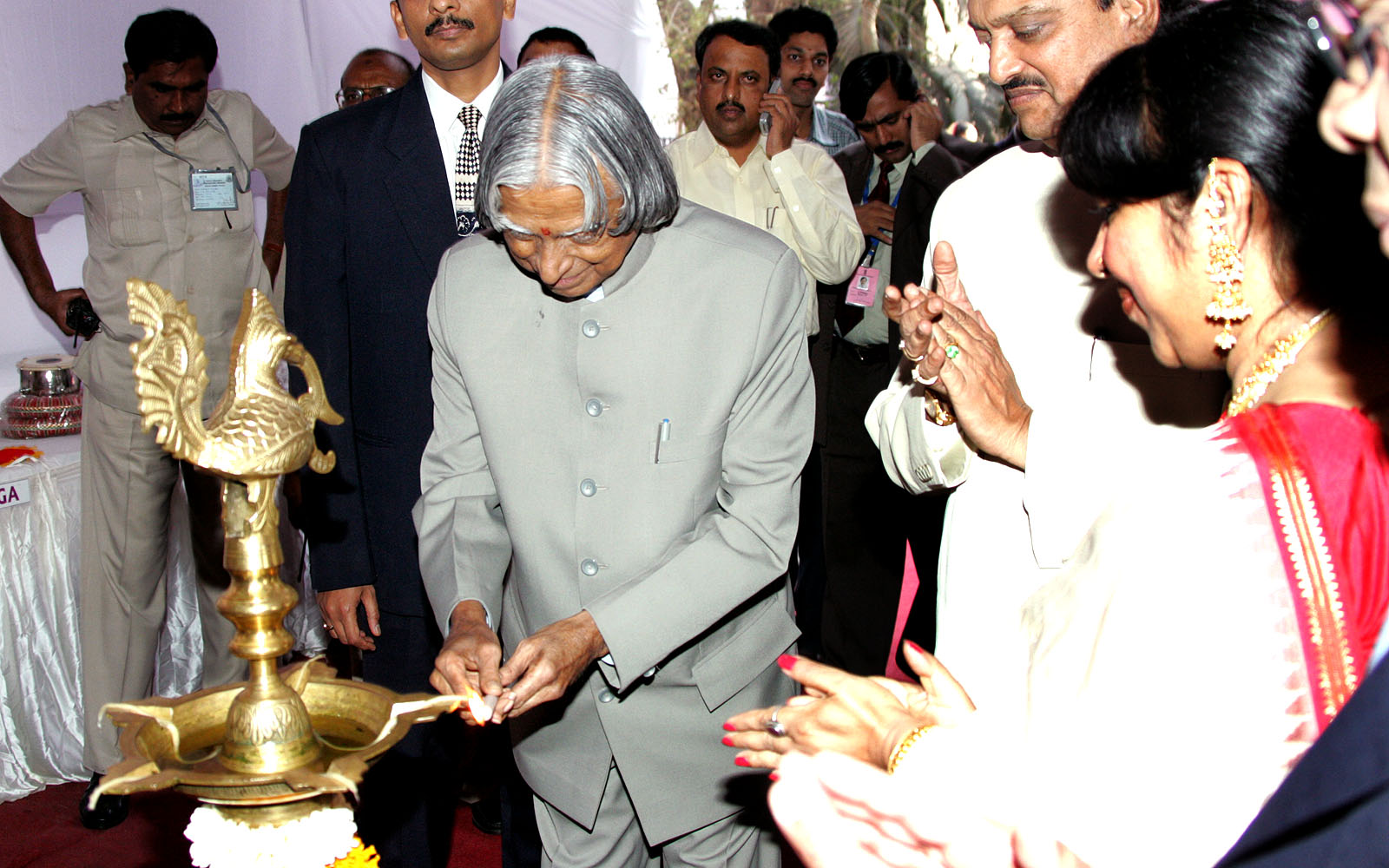

My Experience in Mizoram
I visited the North-eastern States like Sikkim, Assam, Meghalaya and Mizoram recently. I had an occasion to meet many literary personalities and thinkers of North Eastern languages. They have contributed many literary works, including in the form of cultural programmes. I was moved to see a unique musical and dance performance in Aizwal, Mizoram. Also in Sikkim, I saw a fusion of culture of three groups of people, namely, Nepali, Bhutias and Lepchas in that integrated society. The music and dance was so powerful and beautiful that all of us were very happy to see the unity of minds and how these multi cultures got fused when the normal practice seem to be to project the differences prevalent in society.
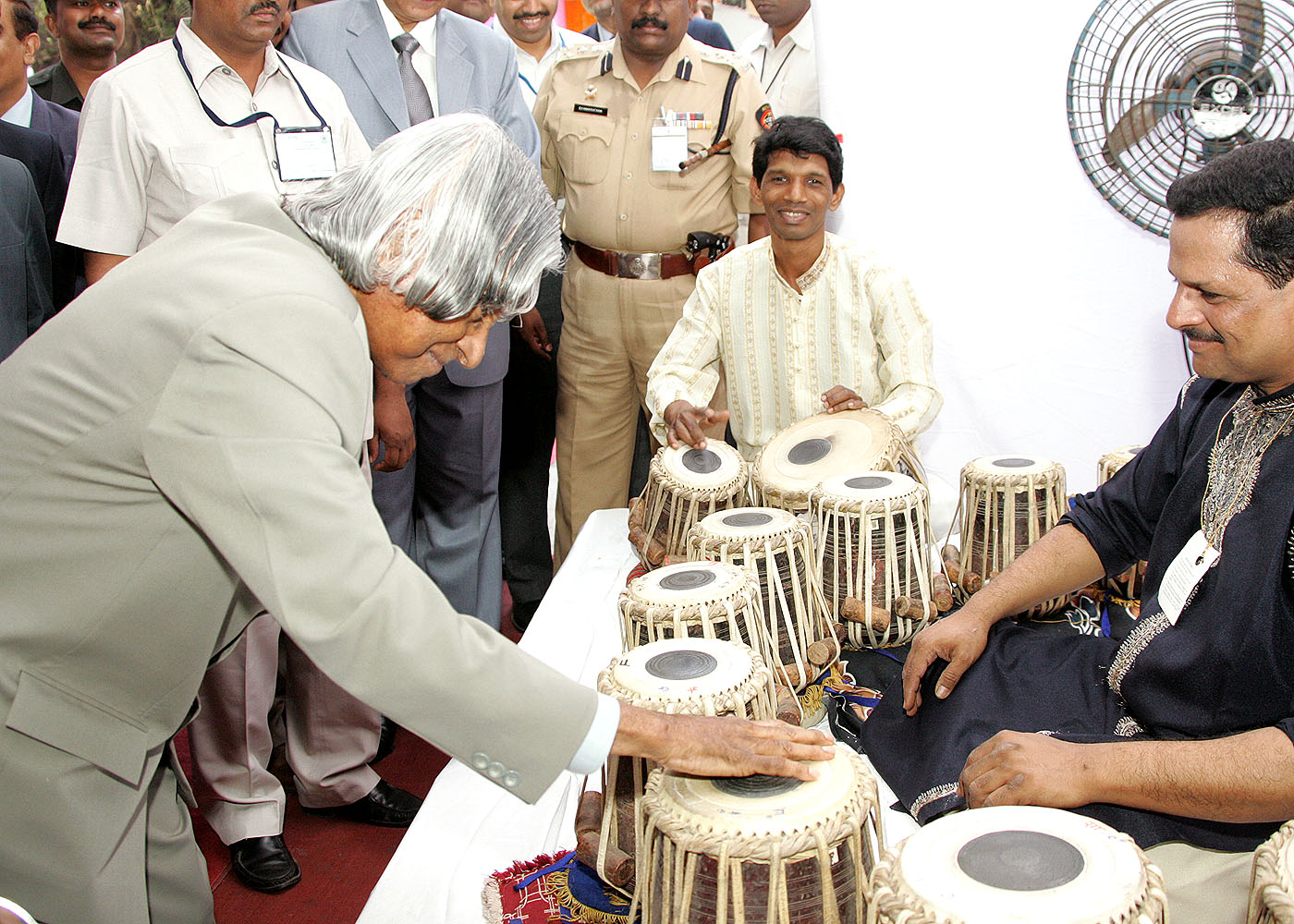
One of the incidents that reflect the cultural peak of the region happened at Mizoram. Normally, no aircraft takes off from Aizawl, the capital of Mizoram after 1600 hours in the evening. Since I had work in Aizawl up to 2100 hrs and had to return to Delhi that very night, our Air Force organised my departure from Aizawl at that late hour, with certain temporary night take off facilities. I reached the Airport with my team. Then Governor, the Chief Minister, and other officials joined us. I saw an impressive scene unfold in the midst of darkness with only the aircraft lights on. Near the aircraft and at a safe distance, a choir group was in attendance with musical instruments. As soon as they saw me, they gave a beautiful lovely farewell song composed by a Mizo Poet Rokunga. The poem is titled "The World of Parting". It means:
"Now we part with heavy and painful heart
The world we live in has been destined for parting
By the heavenly father above
But we are destined for a better world than this
A city eternal, where we will never know painful partings"
I was touched by the variety of Indian panorama, emotional content of the tune, cultural diversity and unity of minds in the vast land of ours. These two examples I have cited just to give a glimpse of the richness of our tradition and effort being taken by a small group of people in preserving it. This has to be done in a much larger scale through country wide participation of multiple institutions. Towards, I would like to make certain suggestions for the NGOs like Madhu Murchhana, Government departments, print and electronic media, corporates and music lovers.
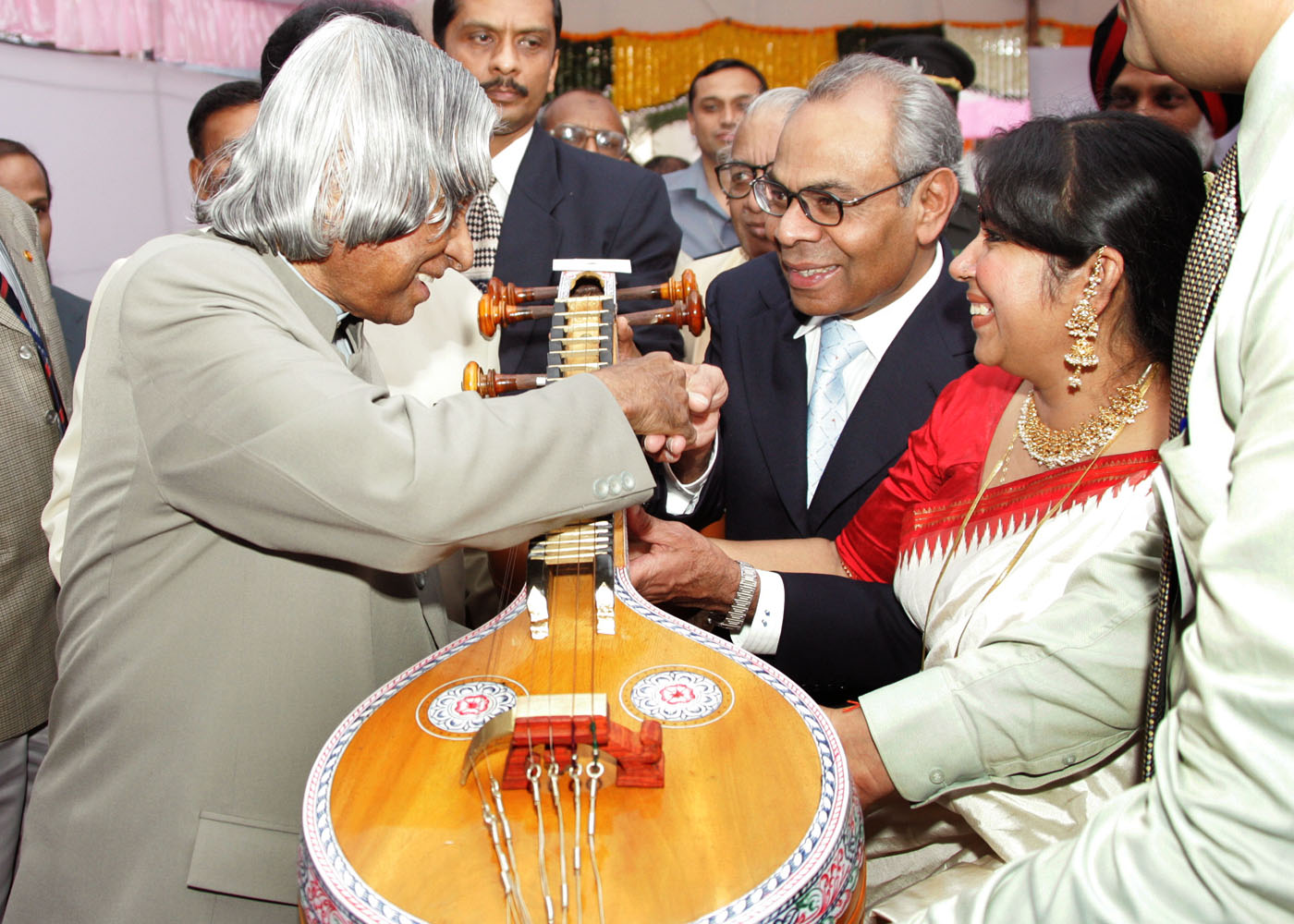

Exclusive Television channel for Indian Classical Music
To enable the younger generation to listen to music from endangered musical instruments, I would suggest that the electronic media can record the musical programme of legendary personalities who have played instruments like Sarod, Jalatarang, Rudra Veena etc. These recorded music can be played in the TV channels at the prime time on specified days in a week, so that the younger generation can hear and get interested in the particular instrument through repeated listening. This will be a great service done by the electronic media for preservation music played by unique instruments. Both DD and Private Channels can participate in such programmes. As a next step music lovers and artists can also think in terms of creating a dedicated channel for classical music in multiple languages.
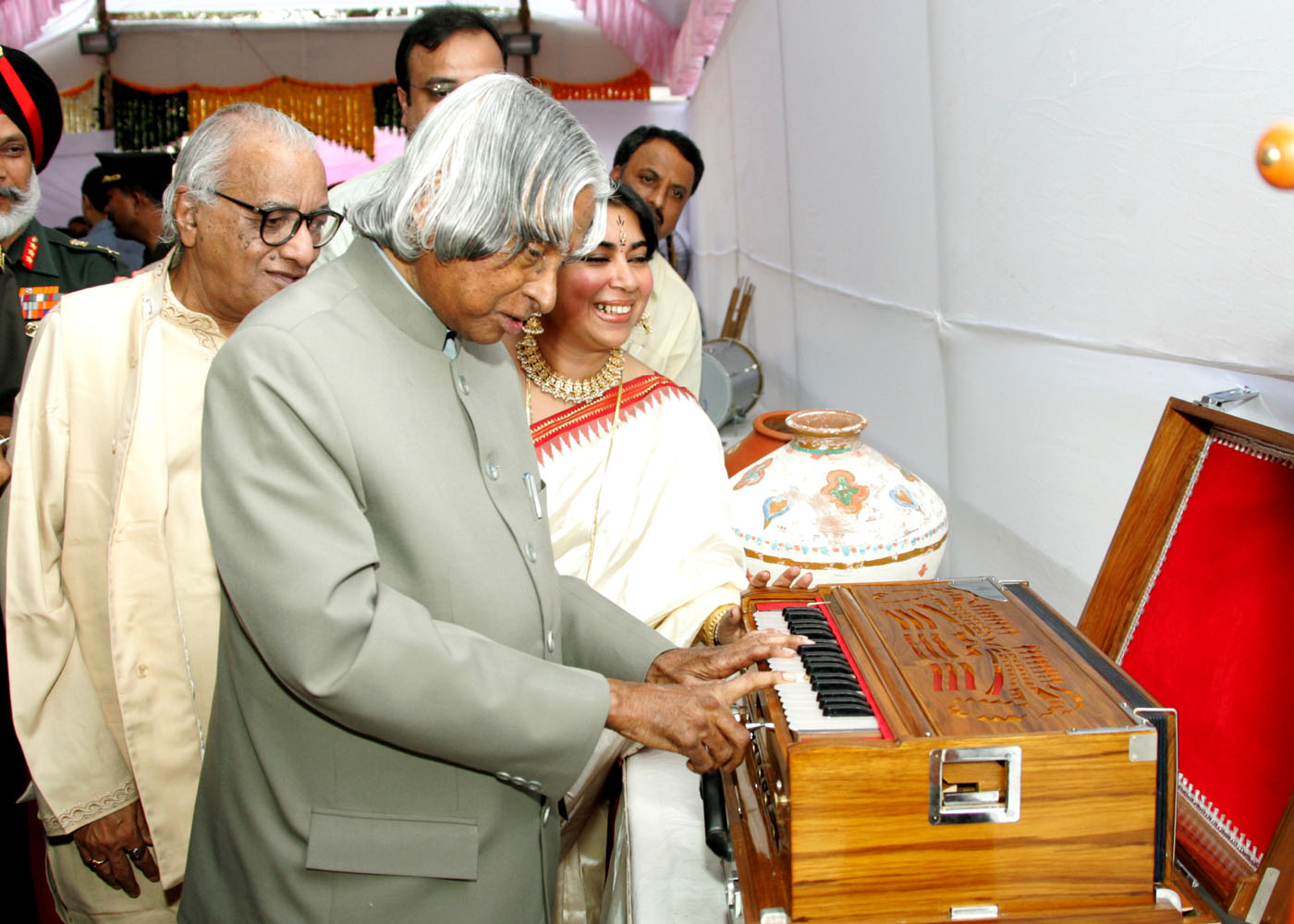

Sponsoring by Organizations
Today organizations are making sports personalities their brand ambassadors. In the similar fashion, great musicians who have performed programmes using unique instruments like vichitra veena, surbahar, santoor, tabla tarang can be sponsored as brand Ambassadors by organizations. Such sponsorships will enable the musicians to undertake training of youngsters who have an aptitude to learn a particular instrument even though they may not have adequate finances to take it up as a hobby. The sponsorship will also help to create certain amount of scholarships to musically inclined students as a full time professional training activity.
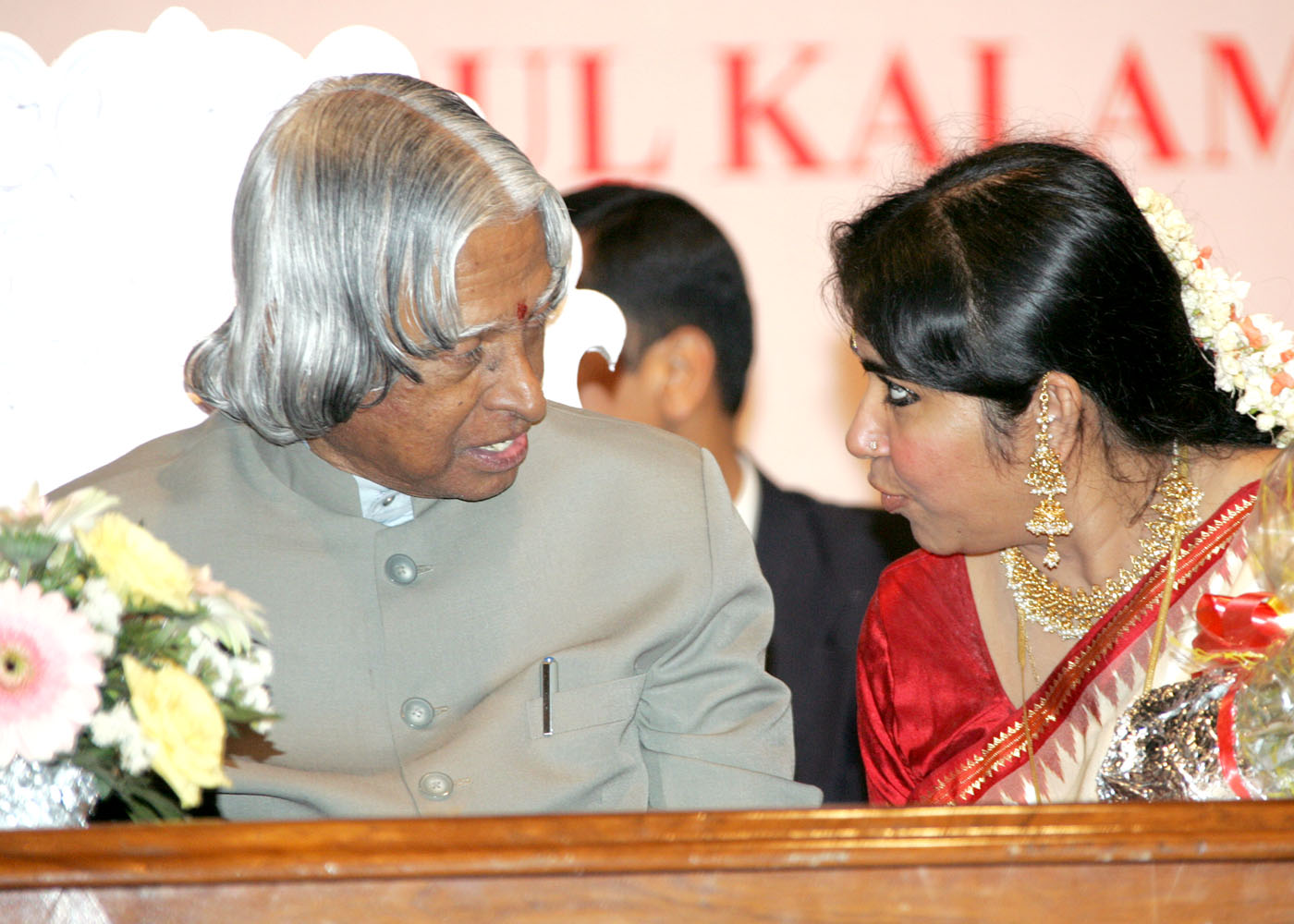

Modernization through research
I understand that Baluswami Dikshithar, brother of one of the trinity of carnatic music Muthuswamy Dikshithar, is the pioneer, who brought violin into the fold of Carnatic music and fused it into Indian classical music system. It showed the breadth of vision and elasticity of our traditions arts to surpass time and absorb the best of times. Chowdaiah continued this great tradition and made a unique contribution to violin through his seven string violin which has been carried out through intense research. Similarly, Ustad Bismillah Khan has the ability to produce intricate sound patterns on the shehnai which before his time, were considered impossible on this instrument. He has been a source of inspiration to succeeding generations of shehnai players and has groomed many in this fine art. Pandit Shivkumar Sharma's father, was the first to realize the potential of the Santoor as a viable classical instrument. He did considerable research on it. As he started learning the instrument, Pandit Shivkumar Sharma took it upon himself to fulfil his father's wishes and bring the instrument to the classical arena. To achieve this goal, he made innovations in the form and technique of Santoor. The instrument that Pandit Shivkumar Sharma had 25 bridges, with 4 strings each. He increased the number of bridges to 29 and reduced the number of strings to 3 per bridge, a total of 87. This brought greater clarity and took less time to tune. Ustad Zia Mohiuddin Dagar introduced important changes to Rudra Veena. I had heard Rudra Veena being played by Ustad Asad Ali Khan in the Rashtrapati Bhawan who is probably, one of the last known musicians playing this instrument. Like Rukmini Devi Arundale gave life to Bharatanatyam all the legendary Maestros whom I have described have given life to the instruments of their liking. The legendary personalities of classical Indian music assembled here can carry out research in their areas of specialization to improve the quality of the instrument which will bring deeper interest in a particular instrument by the younger generation.
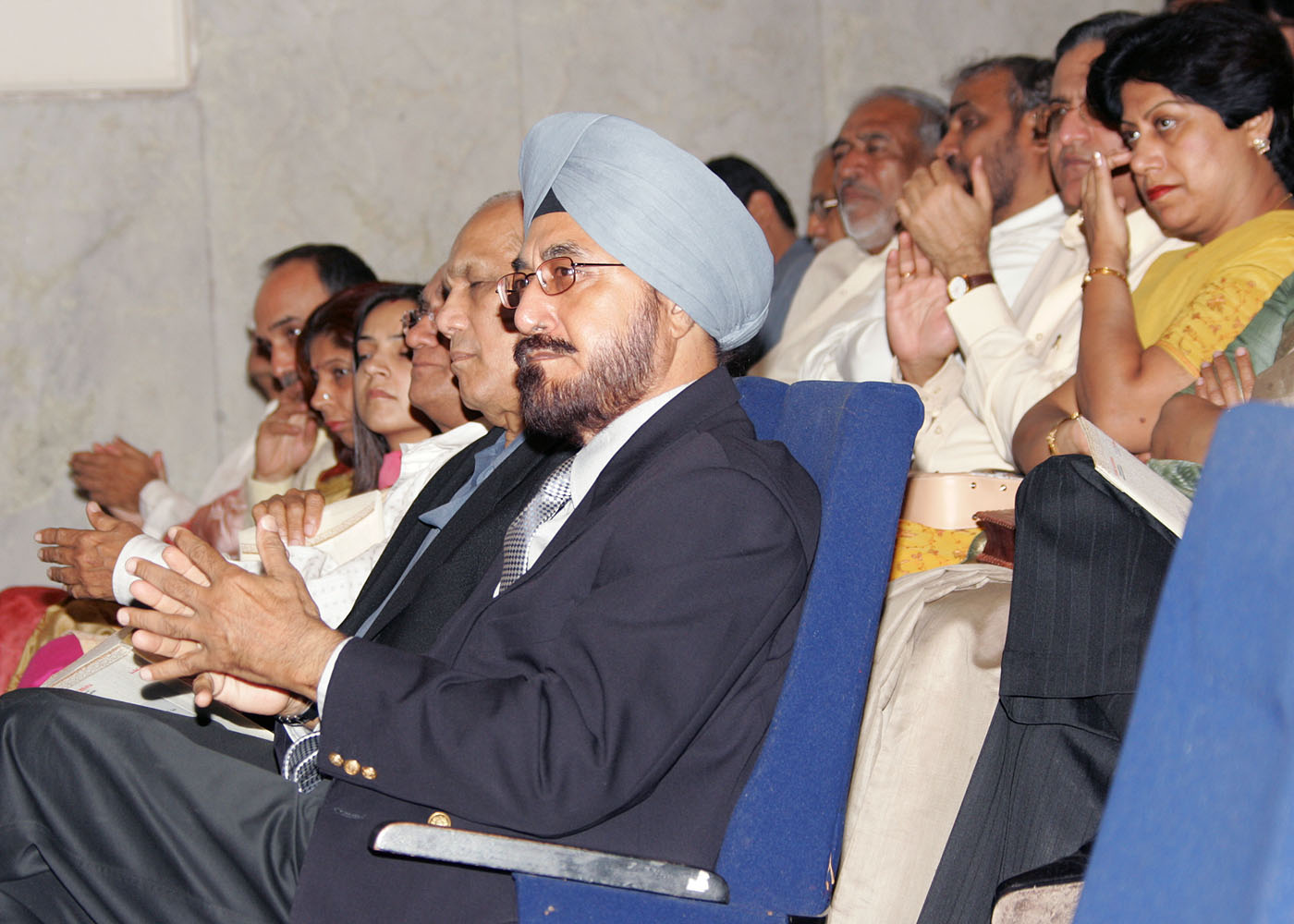

Rashtrapati Bhavan Experience
To have deeper insight into our performing art culture and to pay a tribute to the India Cultural heritage we have started "Indradhanush" which organizes cultural events in the art theatre of Rashtrapati Bhavan. The aim of Indradhanush is to acknowledge the contribution of the renowned as well as the young budding artists. So far, we have organized many such programmes. In addition, we have also organized cultural programmes of young prodigies on various occasions like Childrens' day, Holi, Teachers' day etc. Though most of the programmes are held in the Art Theatre one programme was organized in the Moghal Garden Lawns on 8th November 2003 which was a full moon night, which I would like to share with you.
As the moon light bathed the lawns of the Mughal garden of the Rashtrapati Bhavan, beauty was enhanced by the flute performance of Maestro Pandit Hari Prasad Chaurasia. So intrigued was Pandit Hari Prasad Chaurasia with the ambience that he was all set to transform the Moghal Gardens into Vrindavan garden with the soulful sound of his Flute. He commenced the programme with Raga Bhopali equivalent of Raga Mohanam of South Indian Carnatic Music. The performance progressed with the composition in Raga Hamsadhwani and concluded with Raga Pahari. He was accompanied by Tabla Maestro Ustad Shafat Ahmed Khan. We had a similar programme in November 2004 with Maestro L. Subramanian, a famous Violinist.
The response from the invitees has been tremendous. The audience felt that it is the life time opportunity to listen to the maestros at such close quarters. They have been mentioning that it was an elevating experience to listen or witness the performance amidst their busy schedule, in the Moghal Garden environment.
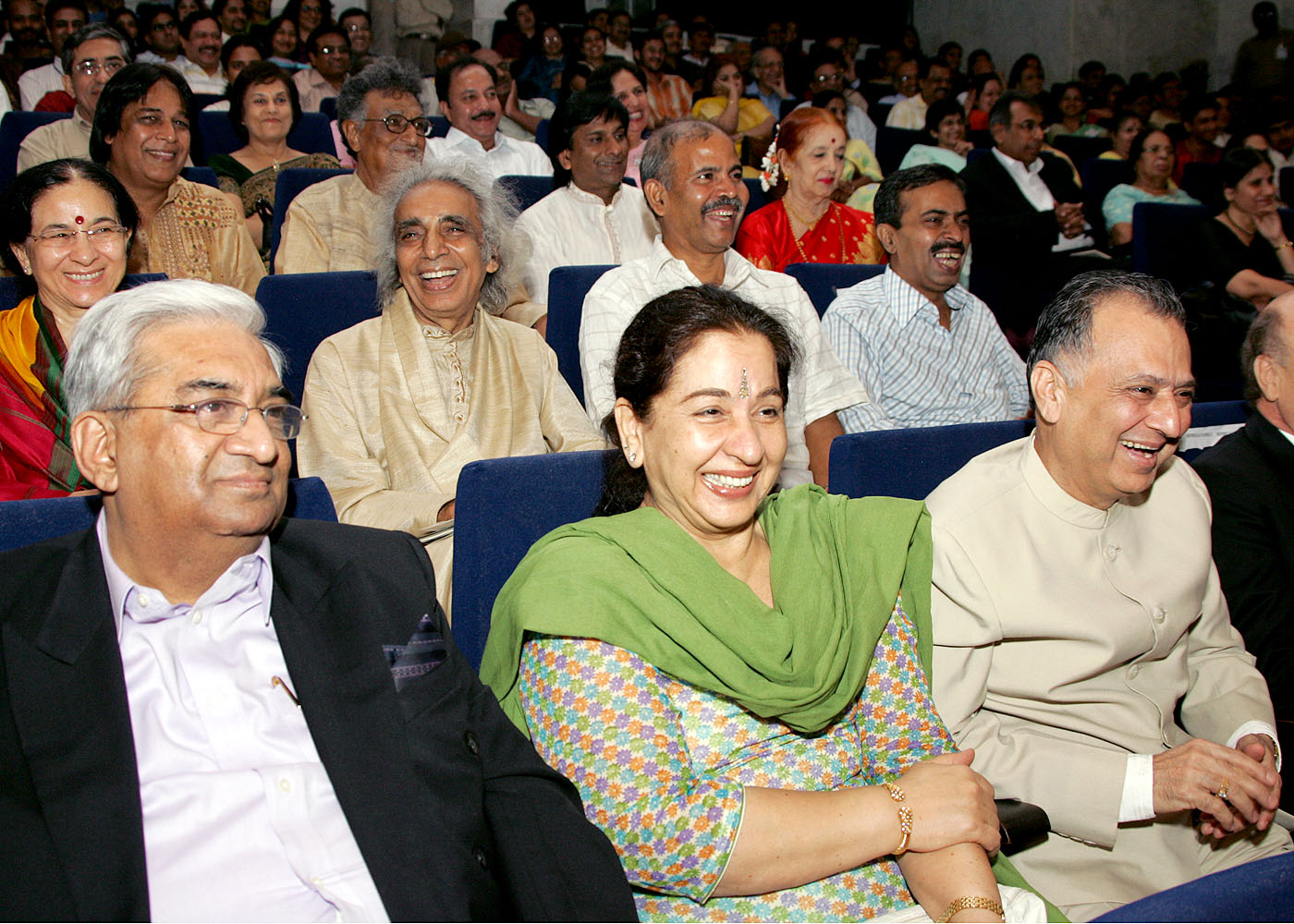

Conclusion
In conclusion I would like to talk to you about the 'Mother of the Carnatic' music M.S. Subbulakshmi. In the year 1950, for the first time, I heard her when I was studying in the college at Trichy during Thiagaraja festival at Tiruvaiyar, which is conducted in January every year. I attended this festival with my close friend and music lover Santhanam. After Pancharatna Kriti, MS Subbulakshmi sang the famous Thiagaraja keertana "Endaro Mahaanubhavalu andhariggi vandanamulu" This song really entered into me and blossomed happiness in my body and soul. The meaning was so powerful. I was moved and became a lifetime fan of MS. Similarly I am sure if the youth of today, are constantly exposed to the legendary musical personalities of yester years, they will develop a taste for classical music and also to the unique instruments and ensure their preservation and promotion of our tradition and culture.
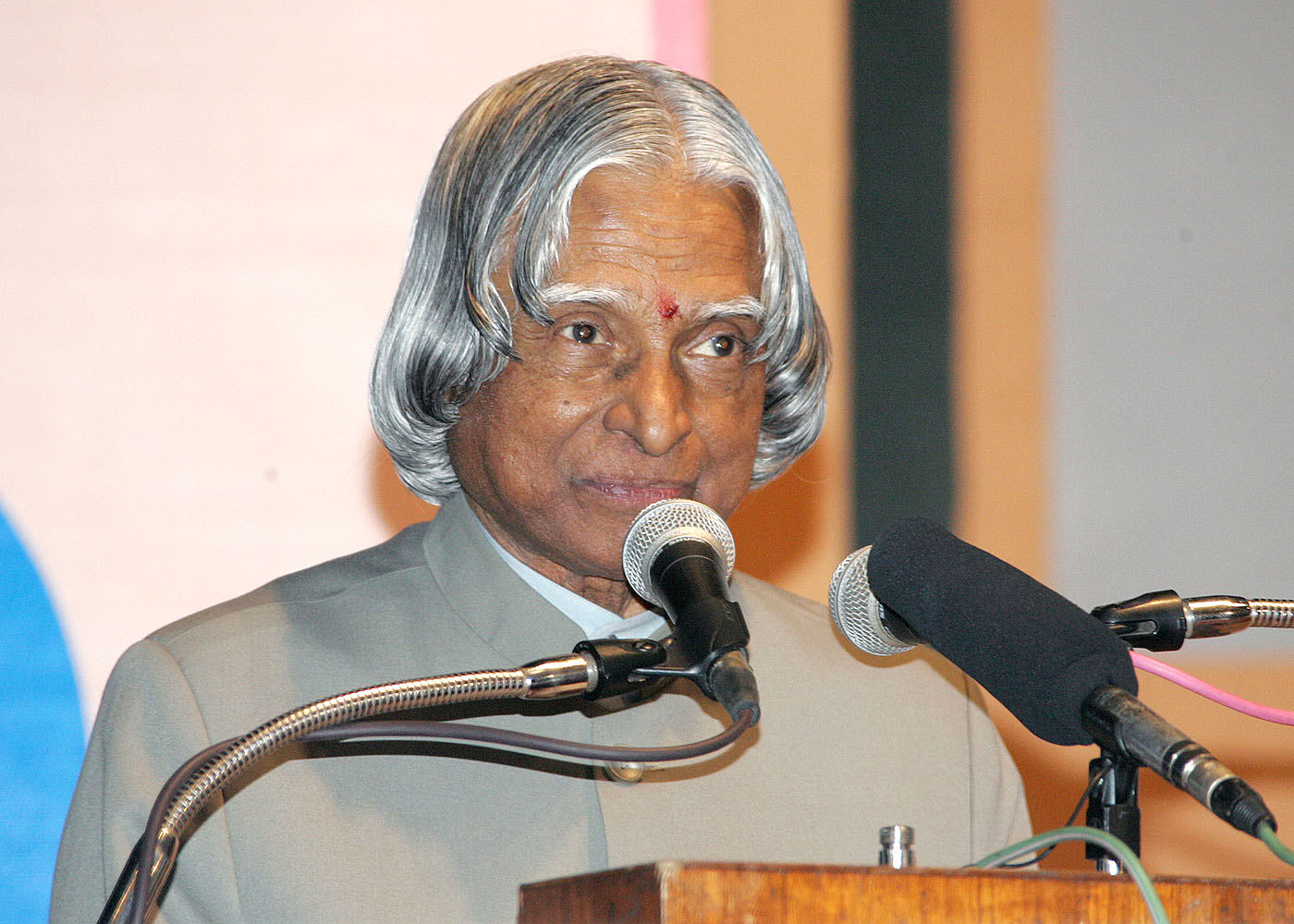
With these words I inaugurate the musical programme Parampara: the Generation Next. My best wishes to the organizers and participants of this musical programme in their mission of preserving the endangered Indian musical instruments and its torch bearers of different Gharanas.
May God bless you.
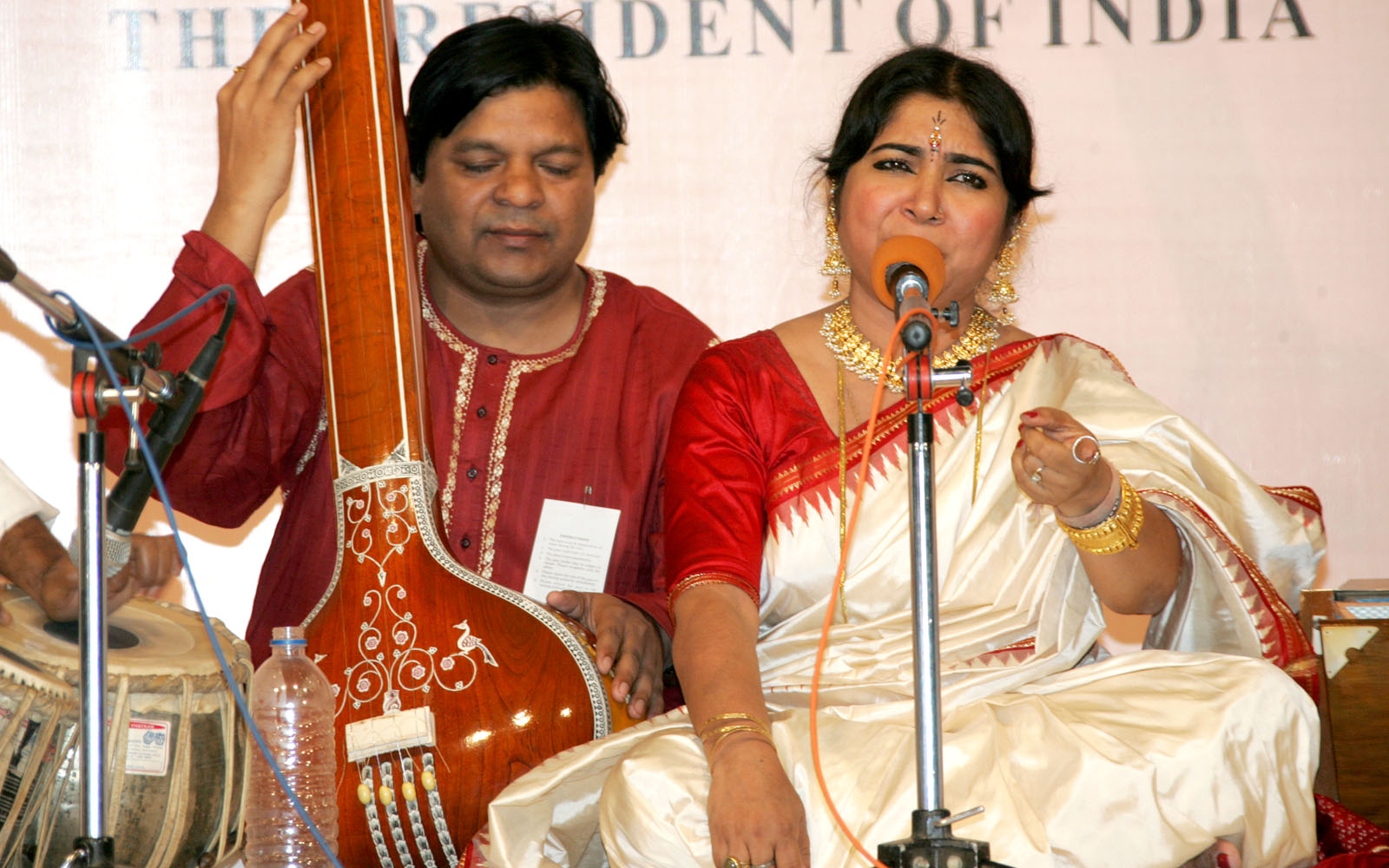
<<Back
|
|